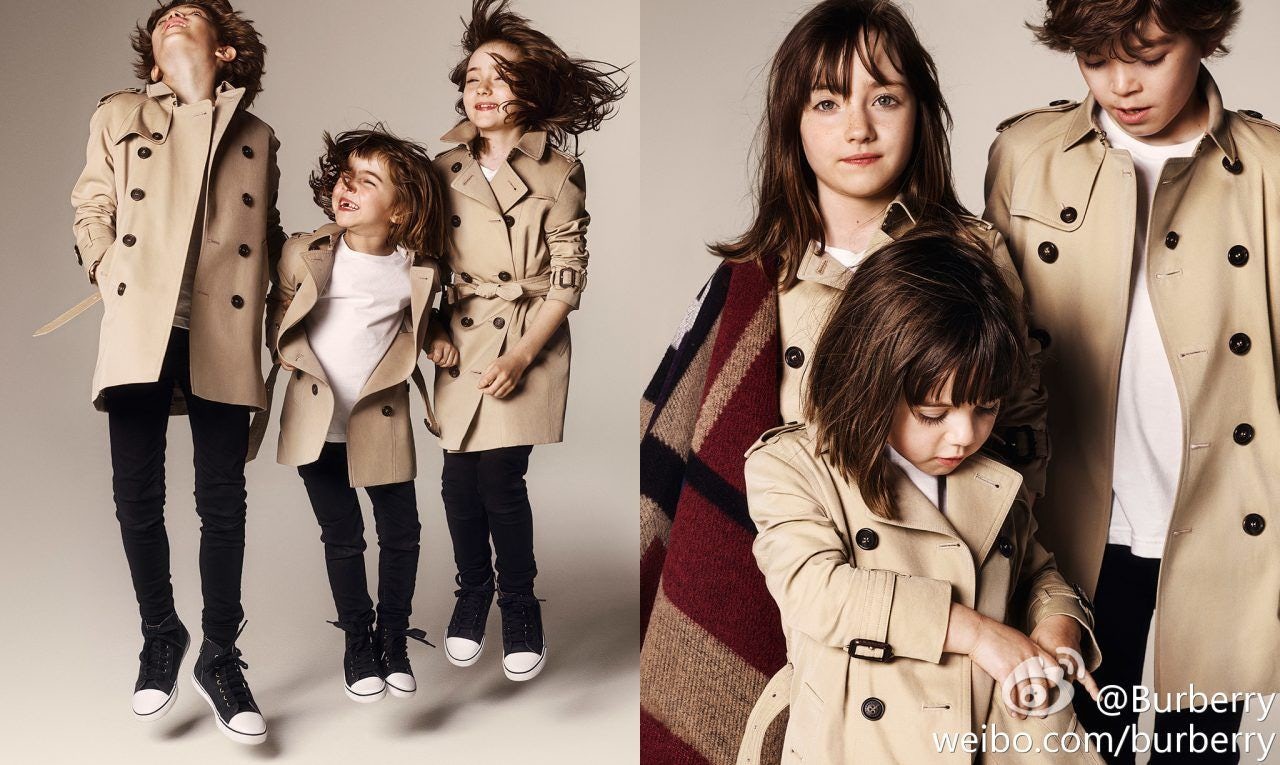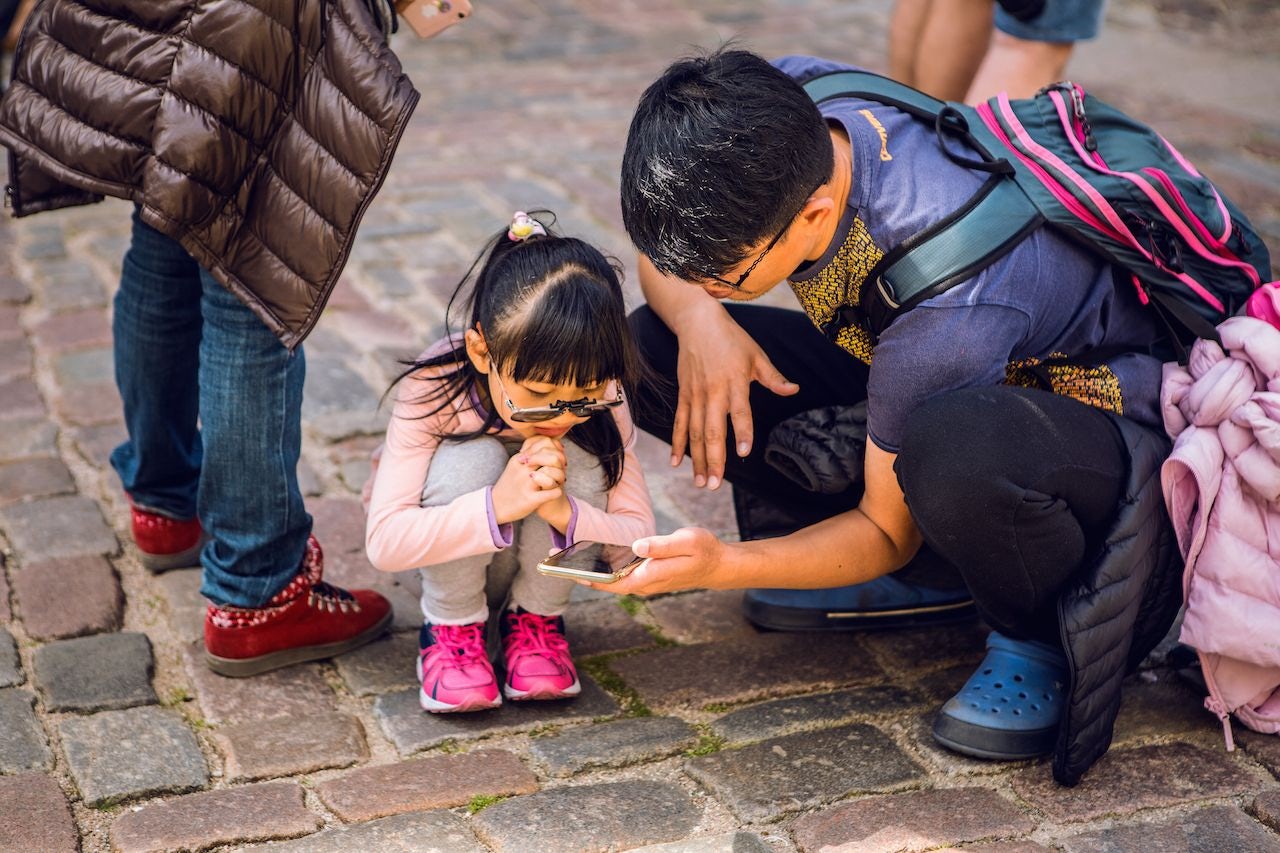Twenty-seven year old Celia Yu is a frequent luxury shopper who purchases at least two new luxury items, such as designer handbags, apparel, or shoes, per year. She works as a corporate loan officer at a state-owned bank in the city of Ningbo. Around 10 months ago, she welcomed her first baby girl and decided to spoil the child with a branded wardrobe.
Two weeks after the girl's birth, Yu ordered a gift for her daughter from the Chinese e-commerce site of French luxury kidswear brand Bonpoint. The brand delivered the order in one day and sent it with a greeting card offering handwritten best wishes to her baby. She was excited to snap a picture of the delivery box and share its contents on her WeChat moments, where she is a member of several group chats with other mothers her age.
“I have been added to many ‘Mama’ groups on WeChat, where everybody likes to share things that they have purchased for the kids with detailed reviews,” Yu told Jing Daily. “I learned about the brand Bonpoint from the group and did some original research on its history.”
Yu views the mamas in these group as the most trusted sources for kidswear recommendations, as “mothers always want the best for their kids.” The fashion influencers who focus on kidswear are a close second. She follows bloggers like Mom NaNa and BUD, and reads their parenting tips and product reviews. But before purchasing things they recommend, she always checks with members in her mama groups to see who has used an item before.
People like Celia Yu belong to a cohort of millennial parents in China whose purchase power is huge but whose needs are probably still underserved by the market. They are typically well educated, digital-savvy and both more individualistic and materialistic than their parents' generation. According to 2015 market research by a Chinese consulting group, about 60 percent of surveyed Chinese millennial parents spent more than 3,000 yuan (471) per month on luxury goods for their children.
However, becoming parents also gives this group some special traits that differentiate them from other millennials. As most of them are only children, getting married means they need to take care of four parents in addition to their own kids, which can make them more budget-conscious. Meanwhile, most of them, regardless of gender, are still working in order to maintain their big-spending lifestyle. Conduct all her shopping activities online helps Yu to balance life and work.
The Kidswear Industry Boom#
By any measure, millennial parents in China have become one of the most important segments for consumer brands, especially after the Chinese government removed the one-child policy in 2015. According to statistics released by the State Bureau, there were 17.23 million babies born in 2017, the second-highest number since 2000 and the biggest one-year increase since the end of the one-child policy.
Mei Fong, the award-winning author of the book, One Child, does not see recent rises in births as making a lasting impact on China's declining fertility rate, but many brands are nevertheless expanding into products for kids, including at the high end of the market.
In recent years, children’s fashion has become a must-have in China. Parents pay close attention to what their children wear and spoil them by buying luxury fashion items. In response, international luxury brands like Burberry and Fendi have all added kidswear stores in major Chinese cities.
The Zhejiang-based Semir Garment, once devoted to making apparel for adults, successfully incorporated kidswear from 2015. Today, its kidswear line accounts for more than half of total revenues. During the Singles’ Day shopping festival last year, it brought in over 812 million in one day.
Research by Euromonitor indicates that China’s kidswear industry is still underdeveloped, with the market penetration rate of the top 10 brands at 12.2 percent. Balabala, a brand owned by Semir, has just a five percent penetration rate, while its other brands are lower than one percent.
Marketing Hooks: Education and Health#
Finding the right way to market to Chinese millennial parents will be key for brands to win a bigger slice of this market. However, it will not be an easy task, according to Fong.
“Consumers are so mature now,” Fong told Jing Daily. “It's not like targeting in the '80s and '90s with big logos. Consumers are educated, they want service, quality, not necessarily the big brands and logos.”
For branding, Fong suggested education and health be the hooks to really get millennial parents to pay attention.
“What's still very important for children will be education,” she explained, “[For example], Disneyland in China markets itself not only as a media company but as an education company. Offering English lesson to kids does attract Chinese consumers.”
China's poor air quality also makes health a key marketing strategy for luxury brands, she said. “Anything that is perceived as being healthy for children or anything that markets as the healthy lifestyle to have is the way to go.”



